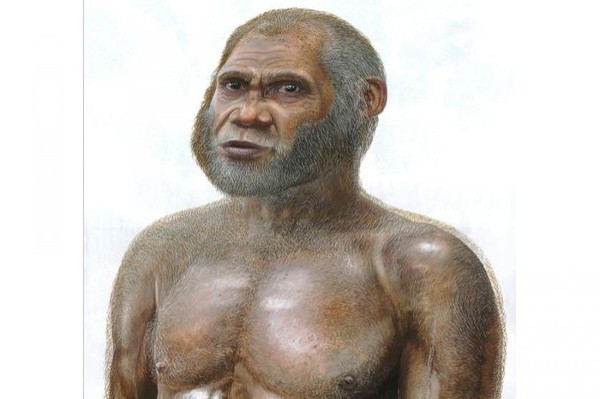Chinese Human Fossils: Missing Link in Evolution or New Species?

Evolutionary biologists have forecast for years that new human species would start showing up in Asia upon a closer look at fossilized bones in the region. A recent analysis of such fossils from south-west China seems to confirm the prediction.
The fossils were found decades ago, in 1979 in Longlin Cave, situated in China's Guangxi Province, and in 1989 in Maludong Cave, located in Yunnan Province, but they have not been fully analyzed until now. The bones have been dated to between 11,500 and 14,500 years ago, and may have belonged to species of Homo unknown until now, pertaining to the same genus as modern humans.
Dubbed by scientists as the "Red Deer Cave people," they share some features with modern humans, but they also differ in several aspects. "These new fossils might be of a previously unknown species, one that survived until the very end of the ice age around 11,000 years ago," said Daniel Curnoe, a paleoanthropologist at Australian University of New South Wales. "Alternatively, they might represent a very early and previously unknown migration of modern humans out of Africa, a population who may not have contributed genetically to living people," added the researcher.
The age of the fossils was established using the carbon dating technique, which estimates the radioactive decay of carbon in samples of charcoal found with the fossils. Stone artifacts unearthed at the Maludong site indicate they were toolmakers, while the charcoal further revealed they knew how to use fire.
The fossils are an unusual mixture of both archaic and modern human anatomical features, but have previously unseen characteristics as well. This mosaic of features makes them difficult to classify as either an unusual type of modern human or a new species.
Anatomical Features Resembling Modern Humans
Similar to modern humans, the Red Deer Cave people had long, broad, tall frontal lobes. The frontal lobes are located immediately behind the forehead and are associated with personality and behavior.
Primitive Anatomical Features
The Red Deer Cave people had prominent brow ridges, flat upperfaces, broad nose, thick skull bones and jutting jaws that do not resemble a humanlike chin, large molar teeth, medium-sized brains by ice age human standards, and primitively short parietal lobes. Located at the top of the head, these brain lobes are linked to sensory data. "These are primitive features seen in out ancestors hundreds of thousands of years ago," noted Curnoe.
Unique Features
The Red Cave People also present a set of unique features, seen neither in modern nor archaic generations of humans. Such unique features include a very broad nose and eye sockets, a strongly curved forehead bone, very flat cheeks indicating large chewing muscles, and an unusually wide and deep place where the lower jaw forms a joint with the base of the skull.
"In short, they're anatomically unique among all members of the human evolutionary tree," said Curnoe, reporting to LiveScience. The research further noted that the Red Deer Cave people are the youngest population discovered whose anatomy does not really fit within the range of modern humans. "We're trying to be very careful at this stage about definitely classifying them," added Curnoe. Scientists are working on extracting DNA from the remains, which could offer valuable information about interbreeding.
(reported by Alexandra Burlacu, edited by Surojit Chatterjee)
© Copyright IBTimes 2024. All rights reserved.





















